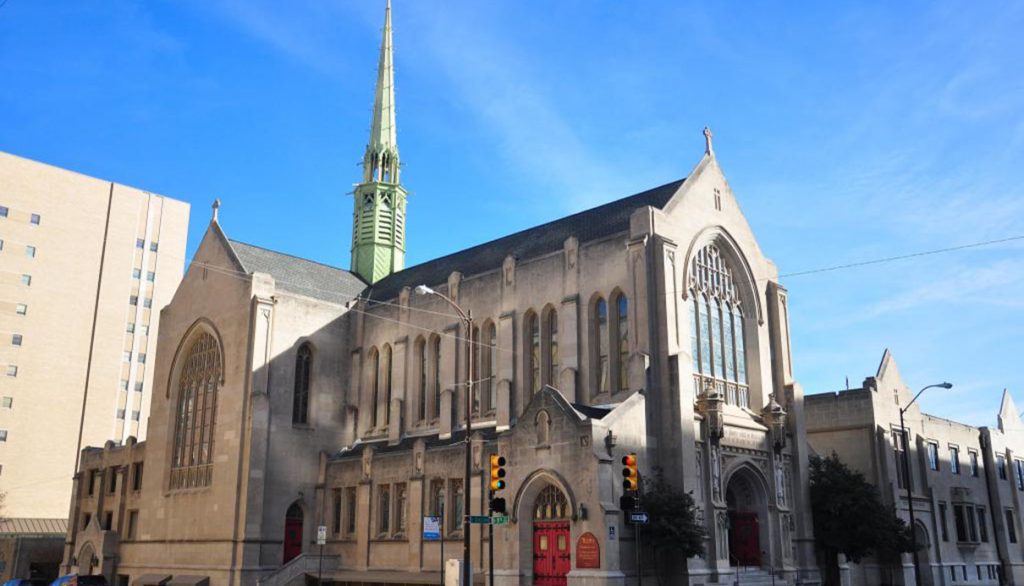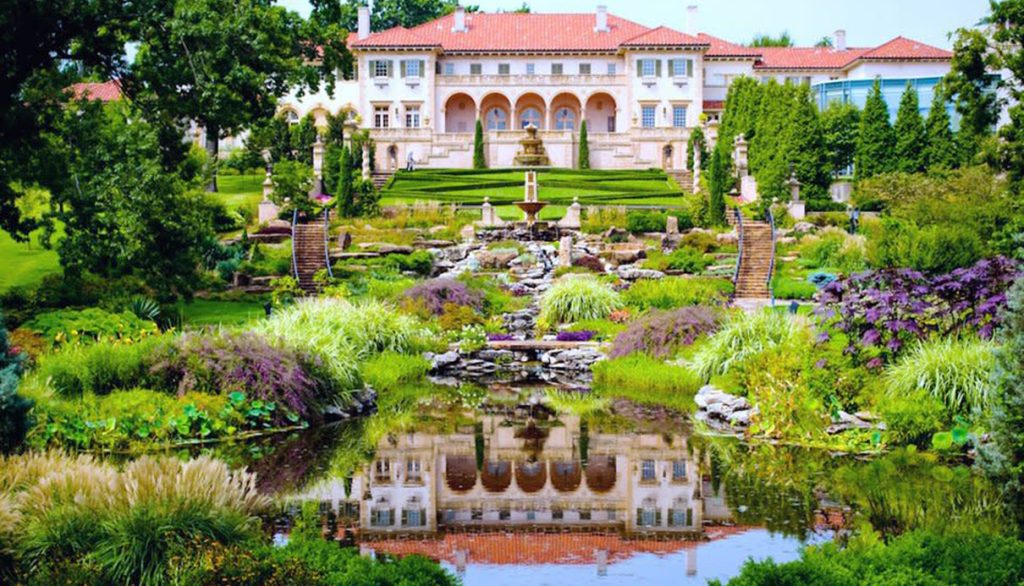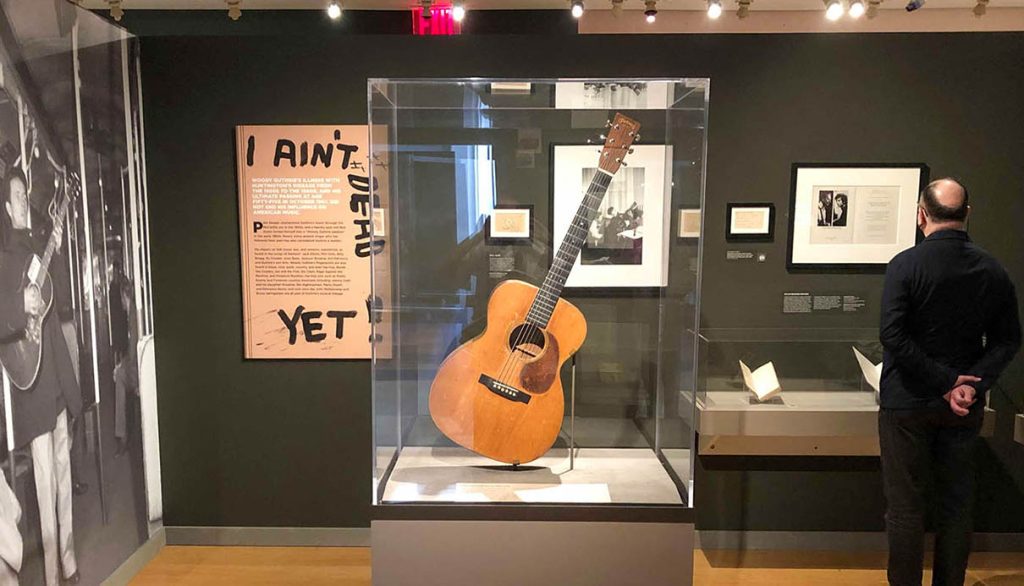Exploring Tulsa’s Historical Landmarks: A Journey Through Time

Tulsa, Oklahoma, is one such city—a place where history comes alive amidst a backdrop of modernity and cultural diversity. From its humble beginnings as a small settlement along the Arkansas River to its rise as a bustling oil hub and cultural center, Tulsa’s story is as fascinating as it is multifaceted.
From world-class museums and art galleries to historic districts and cultural centers, Tulsa offers a plethora of experiences that cater to every traveler’s interests and passions. So, grab your map, pack your sense of adventure, and let’s embark on an unforgettable exploration of Tulsa’s rich heritage and culture.
The Philbrook Museum of Art: A Mansion Transformed into a Cultural Gem
Nestled amidst verdant gardens and towering trees, the Philbrook Museum of Art stands as a testament to Tulsa’s rich cultural heritage and artistic legacy. Housed within the former residence of oil baron Waite Phillips, this architectural gem seamlessly blends Italian Renaissance grandeur with modern elegance, creating a captivating backdrop for its diverse collection of artworks.
As I stepped through the ornate entrance of the Philbrook, I was immediately transported into a world of beauty and creativity. The mansion’s opulent interiors, adorned with intricate woodwork, elaborate chandeliers, and sumptuous furnishings, exuded an air of refined luxury. Every room seemed to tell a story, each painting and sculpture a testament to human ingenuity and expression.
Exploring the Philbrook’s galleries was akin to embarking on a visual journey through time and space. From priceless Renaissance masterpieces to striking contemporary installations, the museum’s collection spanned centuries and continents, offering a glimpse into the vastness and diversity of artistic expression. I found myself captivated by the serene beauty of a classical landscape painting, moved by the raw emotion of a modern sculpture, and awed by the technical mastery of an ancient artifact.

Beyond its exquisite artworks, the Philbrook’s sprawling gardens provided a tranquil oasis where visitors could immerse themselves in nature’s beauty while admiring outdoor sculptures and architectural features. Strolling along meandering pathways and gazing upon blooming flowers and lush foliage, I felt a sense of serenity wash over me, a welcome respite from the hustle and bustle of everyday life.
In addition to its permanent collection, the Philbrook also hosts rotating exhibitions, educational programs, and special events that engage and inspire visitors of all ages. From curator-led tours to hands-on art workshops, there was always something new and exciting to discover at this cultural hub.
The Tulsa Historical Society & Museum: Guardians of the City’s Past
For history enthusiasts like myself, the Tulsa Historical Society & Museum offered a fascinating glimpse into the city’s storied past. Housed within a modern facility overlooking the Arkansas River, this institution served as a custodian of Tulsa’s heritage, preserving and sharing the stories of its diverse communities and pivotal moments.
As I wandered through the museum’s galleries, I was struck by the breadth and depth of its exhibits, which covered a wide range of topics, from the region’s Native American roots to its role in the oil industry and beyond. Photographs, artifacts, documents, and multimedia presentations provided insight into the daily lives, triumphs, and challenges of Tulsa’s inhabitants throughout history.
One of the museum’s most poignant exhibits recounted the tragic events of the Tulsa Race Massacre of 1921, a dark chapter in the city’s past that had long been overlooked and marginalized. Through archival materials and firsthand accounts, the museum shed light on this harrowing event, honoring the memory of those who perished and highlighting the resilience of the survivors and their descendants.
In addition to its permanent displays, the Tulsa Historical Society & Museum offered a variety of educational programs, including lectures, workshops, and guided tours, aimed at fostering a deeper understanding and appreciation of Tulsa’s rich cultural tapestry. Whether you were a seasoned historian or a curious newcomer, there was always something enlightening to be found within its walls.
Greenwood Cultural Center: Honoring the Legacy of Black Wall Street
Nestled in the heart of Tulsa’s historic Greenwood District, the Greenwood Cultural Center stands as a poignant reminder of the resilience and spirit of the African American community in the face of adversity. Once hailed as the “Black Wall Street” for its economic prosperity and cultural vibrancy, Greenwood was tragically decimated during the Tulsa Race Massacre of 1921. Today, the Greenwood Cultural Center serves as a beacon of hope and healing, preserving the memory of this resilient community through its exhibits, artifacts, and educational programs.
As I stepped into the Greenwood Cultural Center, I was immediately struck by the palpable sense of history that permeated the air. The center’s exhibits offered a compelling narrative of Greenwood’s rise, fall, and ongoing journey towards renewal. Photographs, documents, and personal accounts provided insight into the district’s vibrant businesses, thriving churches, and tight-knit neighborhoods, painting a vivid picture of life in Greenwood before the massacre.
One of the center’s most moving exhibits was dedicated to the events of May 31 and June 1, 1921, when a violent mob descended upon Greenwood, leaving death and destruction in its wake. Through powerful displays and oral histories, visitors were confronted with the harrowing reality of the massacre, grappling with its profound impact on Tulsa’s African American community and the city as a whole.
Despite the devastation wrought by the massacre, the Greenwood Cultural Center also highlighted the resilience and perseverance of Greenwood’s residents in the aftermath of tragedy. Exhibits celebrating the district’s cultural achievements, entrepreneurial spirit, and community activism served as a testament to the enduring legacy of Black Wall Street, inspiring visitors to reflect on the power of resilience, unity, and hope.
The Woody Guthrie Center: Celebrating a Folk Icon

Located in the heart of Tulsa’s vibrant Arts District, the Woody Guthrie Center pays homage to one of America’s most influential folk musicians and social activists. As I entered the center, I was greeted by the soul-stirring sounds of Guthrie’s music, setting the stage for an immersive journey through his life, legacy, and lasting impact on American culture.
The center’s exhibits offered a multifaceted exploration of Guthrie’s artistry, activism, and personal journey. From his humble beginnings in the Dust Bowl era to his emergence as a voice for the marginalized and oppressed, Guthrie’s story unfolded through archival materials, interactive displays, and multimedia presentations. As I delved deeper into his life and music, I gained a newfound appreciation for Guthrie’s commitment to social justice, equality, and the power of music to effect change.
One of the center’s highlights was its extensive archive of Guthrie’s writings, artwork, and personal belongings, offering a rare glimpse into the inner world of this iconic troubadour. Original lyrics scrawled on napkins, sketches of protest posters, and handwritten journals provided intimate insights into Guthrie’s creative process and worldview, underscoring his enduring relevance in today’s world.
As I concluded my visit to the Woody Guthrie Center, I left feeling profoundly moved and inspired by Guthrie’s timeless message of compassion, empathy, and solidarity. His music, words, and spirit continue to resonate with audiences around the world, reminding us of the power of art to inspire, educate, and unite humanity in the pursuit of a better tomorrow.
Embracing Tulsa’s Rich Tapestry of History and Culture
From the opulent halls of the Philbrook Museum of Art to the poignant exhibits of the Tulsa Historical Society & Museum, each destination offers a window into Tulsa’s past, present, and future.
By immersing ourselves in the stories of Greenwood’s resilience, Woody Guthrie’s legacy, and the artistic triumphs showcased at the Gilcrease Museum, we gain a deeper understanding of Tulsa’s identity and the forces that have shaped it over time. The city’s vibrant cultural scene serves as a testament to its enduring spirit and the contributions of its residents, past and present.
As travelers, we have the opportunity to engage with Tulsa’s history and culture in meaningful ways, whether through exploring its museums, attending cultural events, or simply strolling through its historic neighborhoods. By embracing the richness and diversity of Tulsa’s heritage, we not only enrich our own lives but also contribute to the preservation and celebration of this dynamic city for generations to come.
So, as you plan your next trip to Tulsa, I encourage you to venture beyond the beaten path, immerse yourself in its history and culture, and discover the hidden treasures that await around every corner.
Tulsa, Oklahoma, is one such city—a place where history comes alive amidst a backdrop of modernity and cultural diversity. From its humble beginnings as a small settlement along the Arkansas River to its rise as a bustling oil hub and cultural center, Tulsa’s story is as fascinating as it is multifaceted. From world-class museums and…
Recent Posts
- How to Avoid the Crowds and Experience the Hidden Gems of New Orleans
- From Major US Cities: The Best Direct Flights to New Orleans
- Mississippi River Cruise: Savoring a Journey of Music and Cuisine in New Orleans
- Brunch Paradise! New Orleans’ Most Popular Brunch Restaurants
- Waking Up to the Mississippi: A Stay in New Orleans’ Most Stunning Riverside Hotels





